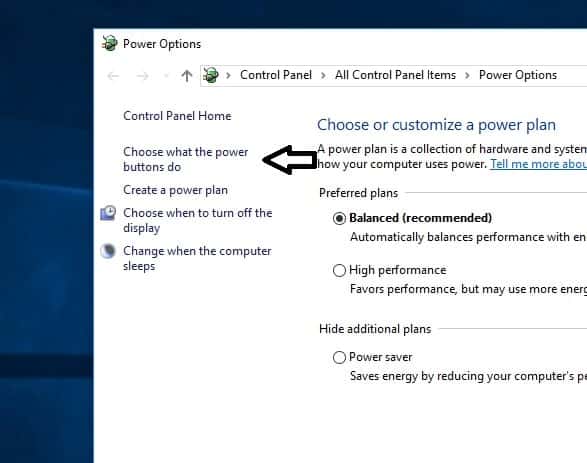Hibernation is a state in which the Windows PC saves the current state and shuts itself down so that it no longer needs power. When put windows into hibernate, it takes a snapshot of your system files and drivers and saves that snapshot to your hard drive before shutting down. Next time When the PC is turned on again, all open files and programs are restored to the same state as they were before hibernation. Windows 10 by default does not include the Hibernate option under the power menu, but there’s an easy way to enable it. Continue Reading This Post To know How to enable or disable Windows 10 hibernate Option with easy simple steps.
Hibernate mode windows 10
In a Hibernate mode, your computer uses zero electrical power. This is a good option in Windows where you can save power by turning off PC but not closing all the apps which help you to get back to work as soon as you turn on the PC. Also, This allows your computer to start up faster because it doesn’t need to re-establish those files and settings. The Only downside of Hibernation mode is that it takes a bit more to start compared to Sleep mode.
Enable Hibernate Mode in Windows 10
You can Enable The Hibernate option using Windows 10 power option, Simply Type one command line on the windows command prompt or you can use Windows Registry tweak. Here Check All Three Options Starting form windows 10 power options.
Using Power options
- From start, menu search type Control panel and select the first option
- On the Control panel window, search for and select Power Options.
- Here From the left column select Choose what the power buttons do.
- Now on the System Settings window, you will see the options Turn on Fast Startup, Sleep, Hibernate and lock under shutdown settings.
- If options are grayed out, select Change settings that are currently unavailable.
- Here check the Hibernate box and click save changes.
- Close opened window.
- Now when you open the Start menu and select the Power button, the Hibernate option will be available.
Using Command Prompt
Using the Command prompt enable the Hibernate option is a very simple way. you just want to Type one command line and Hit the Enter key to activate the Hibernate option. Here fallow to do.
- First, open the Elevated Command prompt.
- Now On Command prompt Type the below command and hit the enter key.
powercfg -h on
After that, you won’t see any confirmation of success but you should see an error If it doe’s not worked for any Reason. Now when you select the power options you will see on the power configuration entry have a Hibernate option.
If you want to disable the Hibernate option Type the below command and hit the enter key.
powercfg -h off
Windows Registry
Both methods are the best option to enable Hibernate mode on windows 10. but if for any reason you get an error while performing these steps you can use the Windows Registry Editor to enable Hibernate mode. Here follow bellow
- First press Win + R to open Run, type Regedit and press the enter key.
- On the Windows Registry window navigate to the following:
- HKEY_LOCAL_MACHINE\SYSTEM\CurrentControlSet\Control\Power.
- Now on the right pane of the Power key, double-click on the Hibernate Enabled subkey.
- This will open the edit DWORD value. Here on the value date box Type in 1 To Enable Hibernate option and click OK.
- Restart windows to changes take effect. Simply change the Value Data 0 to Turn off Hibernate mode for windows.
Disable Hibernate in Windows 10
You can disable the Hibernate option any time by following the same process. simply uncheck the Hibernate option on Control Panel\ All Control Panel Items\Power Options\System Settings.
Also, Read
- Difference between Sleep, Hybrid Sleep, Fast Startup and Hibernate on Windows 10
- Windows 10 stuck at hibernating? Here is how to fix…!!
- Automatically Delete Temp Files in Windows 10
- How to Repair or rebuild Master Boot Record (MBR) on Windows 10/8.1
- Solved: Cannot install apps from Microsoft store – Windows 10



